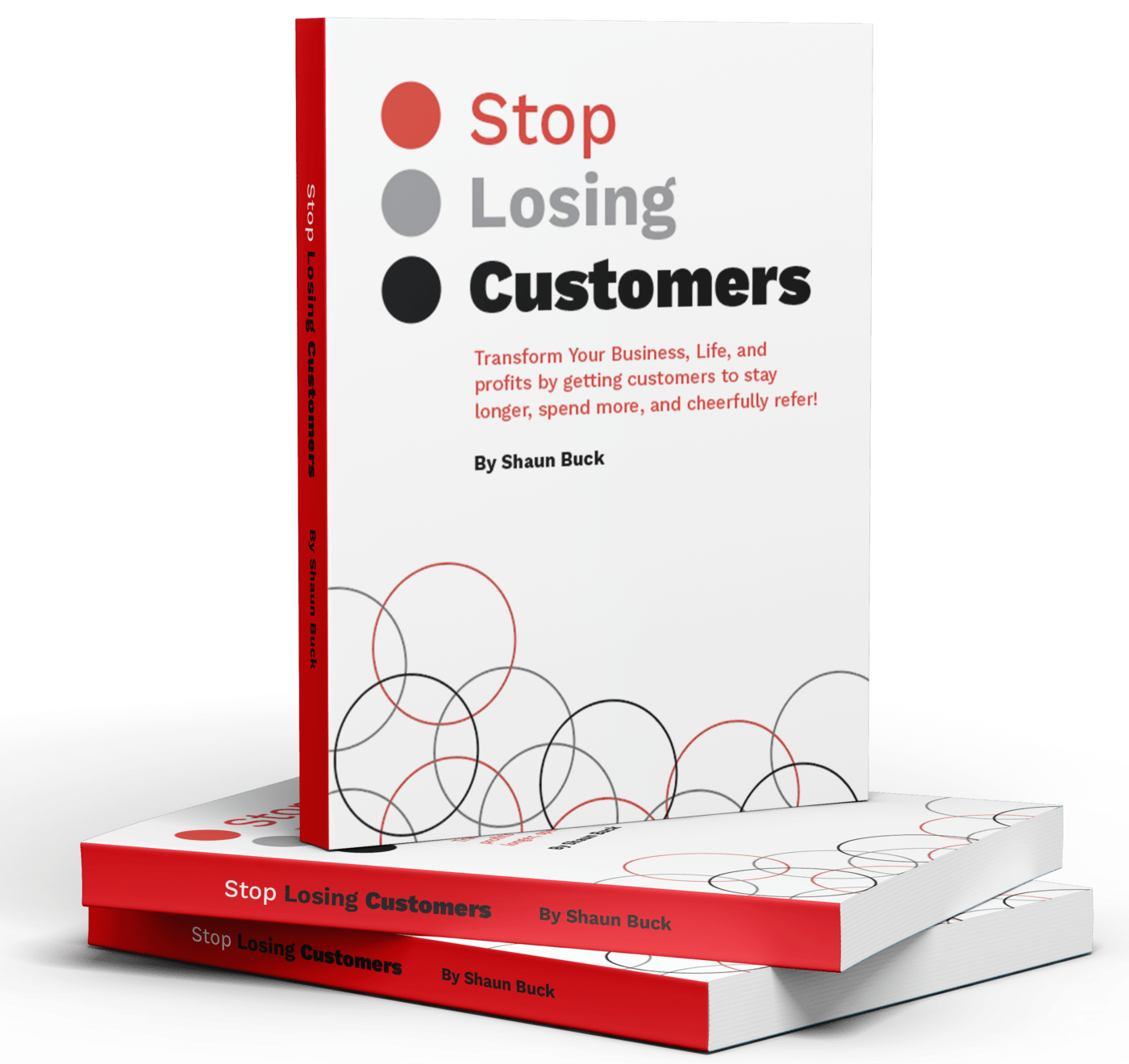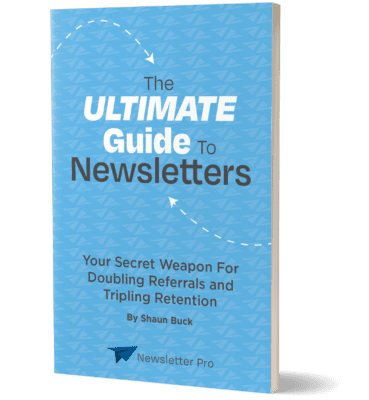Subscriber churn rate, often overshadowed by more direct metrics like sales and revenue, holds a critical place in understanding a business’s health and customer satisfaction. It serves as a silent indicator of the company’s performance, highlighting the subtle shifts in customer loyalty and value perception. This metric, with its unassuming yet profound impact, carves out a niche in the analytics world, offering insights that can lead to transformative changes in strategy and customer engagement.
At its core, subscriber churn rate reveals the story behind the numbers, providing a clear picture of how well a business retains its customers over time. Key categories within this metric include voluntary churn, where customers actively choose to leave, and involuntary churn, resulting from payment issues or lapses. Each type offers a unique perspective on the challenges and opportunities facing a subscription-based model.
Delving deeper, understanding the nuances behind why customers decide to stay or go can unlock potential for growth and innovation. The following sections will explore the intricacies of calculating churn rate, the underlying factors contributing to high churn rates, and effective strategies to mitigate these losses. Through this exploration, businesses can gain a comprehensive understanding of how to nurture and expand their subscriber base, ensuring long-term success and satisfaction.
What is subscriber churn rate?
Subscriber churn rate is a critical metric that quantifies the percentage of customers who end their subscriptions within a designated period. It serves as a barometer for measuring the rate at which a business is losing its subscriber base over time. To calculate this rate, one employs a simple formula: the number of subscribers lost during the period is divided by the total number of subscribers at the start of that period, and the result is then multiplied by 100 to yield a percentage.
This calculation offers a clear view of customer retention and satisfaction levels, making it an essential tool for any subscription-based business model. Understanding and analyzing subscriber churn rate is crucial for strategic planning, as it directly influences revenue streams and long-term viability.
Why is analyzing subscriber churn rates important?
Analyzing subscriber churn rates is pivotal for several reasons. It acts as a diagnostic tool that unveils customer retention issues, providing insights into how well a business maintains its subscriber base. This analysis is crucial for identifying areas where the service or product might not meet customer expectations, allowing businesses to make necessary adjustments.
Moreover, understanding churn rates is instrumental in enhancing the customer lifetime value (CLV), a metric that reflects the total revenue a business can expect from a single customer over the course of their relationship. In essence, keeping a close eye on churn rates not only aids in pinpointing and addressing service shortcomings but also plays a vital role in strategic planning and financial forecasting. By doing so, businesses can ensure greater customer satisfaction, loyalty, and ultimately, a stronger bottom line.
Identifies customer retention issues
Analyzing subscriber churn rates is a key indicator of where a business might be losing its grip on customer retention. It uncovers the underlying reasons why customers decide to leave, such as dissatisfaction with the service, perceived lack of value, or better offers from competitors. Identifying these issues is crucial for businesses to devise effective strategies that enhance customer loyalty and satisfaction, ultimately reducing churn.
Helps in improving service or product
Delving into the reasons behind subscriber churn enables companies to fine-tune their offerings. Whether it’s through upgrading product features, optimizing customer service, or revising pricing structures, these improvements are vital. They not only aim to curb the churn rate but also play a significant role in attracting new subscribers, thereby strengthening the market position and appeal of the business.
Aids in calculating customer lifetime value
A thorough analysis of churn rates is instrumental in determining the customer lifetime value (CLV). This metric is crucial as it reflects the total revenue a company can anticipate from a customer throughout their relationship. A lower churn rate suggests a longer lifespan of a customer, which in turn, boosts the CLV.
Understanding this helps in strategic financial planning, optimizing marketing efforts, and enhancing customer relationship strategies to maximize the value derived from each customer.
How to calculate subscriber churn rate?
Calculating the subscriber churn rate is a straightforward yet powerful process that sheds light on customer retention dynamics. Initially, select a specific time period for your analysis, such as monthly or quarterly. Then, determine the total number of subscribers at the beginning of this chosen period.
Following this, count the number of subscribers lost during that same period. The formula to calculate churn rate is: (Subscribers lost / Total subscribers at start) * 100. This calculation results in a percentage that serves as a critical indicator of how well a business is holding onto its subscribers, offering insights into customer satisfaction and loyalty.
Understanding and minimizing churn rate is essential for maintaining a healthy, growing subscriber base. To illustrate this process with a specific example, let’s consider a hypothetical scenario:
| Step Description | Action/Calculation | Example Numbers |
|---|---|---|
| 1. Determine the specific time period | Monthly | – |
| 2. Count the total number of subscribers at start | Total subscribers at the beginning | 1,000 |
| 3. Count the number of subscribers lost | Subscribers lost during the period | 50 |
| 4. Calculate the churn rate | (Subscribers lost / Total subscribers at start) * 100 | (50 / 1,000) * 100 = 5% |
This example demonstrates how to apply the formula in a practical scenario, providing a clear view of how to calculate the churn rate. By following these steps, businesses can accurately measure their subscriber churn rate, offering insights into customer retention and loyalty.
What factors contribute to high subscriber churn rates?
High subscriber churn rates can be attributed to a variety of factors, each highlighting critical areas for improvement. Poor customer service stands out as a major issue; long wait times and unresolved customer issues can significantly erode trust and satisfaction, leading to cancellations. Another pivotal factor is the lack of perceived value in the service or product, particularly when costs outweigh benefits in the eyes of the subscriber.
The availability of better alternatives from competitors, boasting more appealing pricing and features, can lure subscribers away. Furthermore, inadequate communication regarding new benefits and updates may leave subscribers feeling overlooked and uninformed, contributing to higher churn rates. Addressing these issues is crucial for businesses aiming to enhance customer loyalty and reduce churn.
To provide a more comprehensive understanding, let’s examine real-world examples and case studies that highlight these issues:
| Factor | Description | Real-World Example |
|---|---|---|
| Poor customer service | Long wait times and unresolved issues lead to dissatisfaction and churn. | A major telecom company faced backlash and increased churn due to poor customer service and long wait times. Implementing a more efficient customer service system, including AI chatbots, significantly reduced churn. |
| Lack of value compared to cost | Subscribers leave when they feel they’re not getting enough value for their money. | A streaming service noticed a spike in churn after a price increase. Adding exclusive content and personalized recommendations improved perceived value and reduced churn. |
| Better alternatives | Subscribers are drawn to competitors offering better pricing, features, or service. | A software company lost subscribers to a competitor with a more feature-rich offering at a lower price. Responding with a competitive pricing strategy and feature enhancements helped regain market share. |
| Inadequate communication | Failure to effectively communicate updates and benefits can make subscribers feel neglected. | An online subscription box service experienced high churn when new benefits were added but not effectively communicated. A revamped email campaign highlighting these benefits led to a decrease in churn rates. |
How to reduce subscriber churn rates?
To effectively reduce subscriber churn rates, businesses must adopt a comprehensive strategy that prioritizes customer satisfaction and engagement. Improving customer service is crucial; by enhancing staff training and incorporating AI chatbots, companies can offer quicker and more effective solutions to customer inquiries and issues. Regularly updating and improving the product or service based on customer feedback ensures that offerings remain relevant and valuable, reducing the likelihood of subscribers turning to competitors.
Personalized experiences, achieved through targeted marketing and tailored services, deepen the subscriber’s connection to the brand, making them feel uniquely valued. Establishing feedback loops with customers fosters ongoing engagement and provides valuable insights for further refinement of services. Moreover, introducing loyalty programs rewards and incentivizes long-term commitment, reinforcing the customer’s decision to stay.
Together, these strategies form a robust approach to minimizing churn and cultivating a loyal subscriber base.
Improve customer service by training staff and implementing AI chatbots
Enhancing customer service is a cornerstone in reducing subscriber churn. Achieving this involves comprehensive training of staff to ensure they possess the necessary skills and knowledge to address and resolve customer issues efficiently. Moreover, the implementation of AI chatbots can provide instant assistance for common queries, significantly improving the customer service experience.
These steps lead to quicker problem resolution, fostering higher satisfaction and loyalty among subscribers.
Regularly update and improve the product based on customer feedback
Continuous updates and improvements to the product or service, driven by customer feedback, are vital for maintaining its appeal and relevance. This approach allows businesses to stay in tune with the evolving needs and preferences of their customers, ensuring the offering remains compelling. It is a proactive measure to deter churn by keeping subscribers engaged with a product or service that consistently meets or exceeds their expectations.
Offer personalized experiences through targeted marketing and tailored services
Providing personalized experiences through targeted marketing and tailored services significantly enhances subscriber satisfaction and reduces the likelihood of churn. This strategy involves creating customized interactions that resonate on an individual level, making each subscriber feel uniquely valued and understood. Personalization deepens the subscriber’s connection to the brand, encouraging loyalty and diminishing the appeal of competitors.
Implement feedback loops with customers to gather and act on their suggestions
Feedback loops with customers are essential for fostering engagement and loyalty. By actively soliciting, listening to, and acting on customer feedback, businesses can demonstrate their commitment to meeting subscriber needs and preferences. This ongoing dialogue encourages customers to feel invested in the product or service, enhancing their loyalty and reducing churn rates.
Introduce loyalty programs to reward long-term subscribers
Loyalty programs offer a tangible way to appreciate and reward long-term subscribers, encouraging their continued patronage. These programs can provide exclusive benefits, discounts, or rewards that underscore the value of staying subscribed. By making subscribers feel recognized and valued, loyalty programs effectively reduce churn by reinforcing the benefits of a long-term relationship with the service or product.






